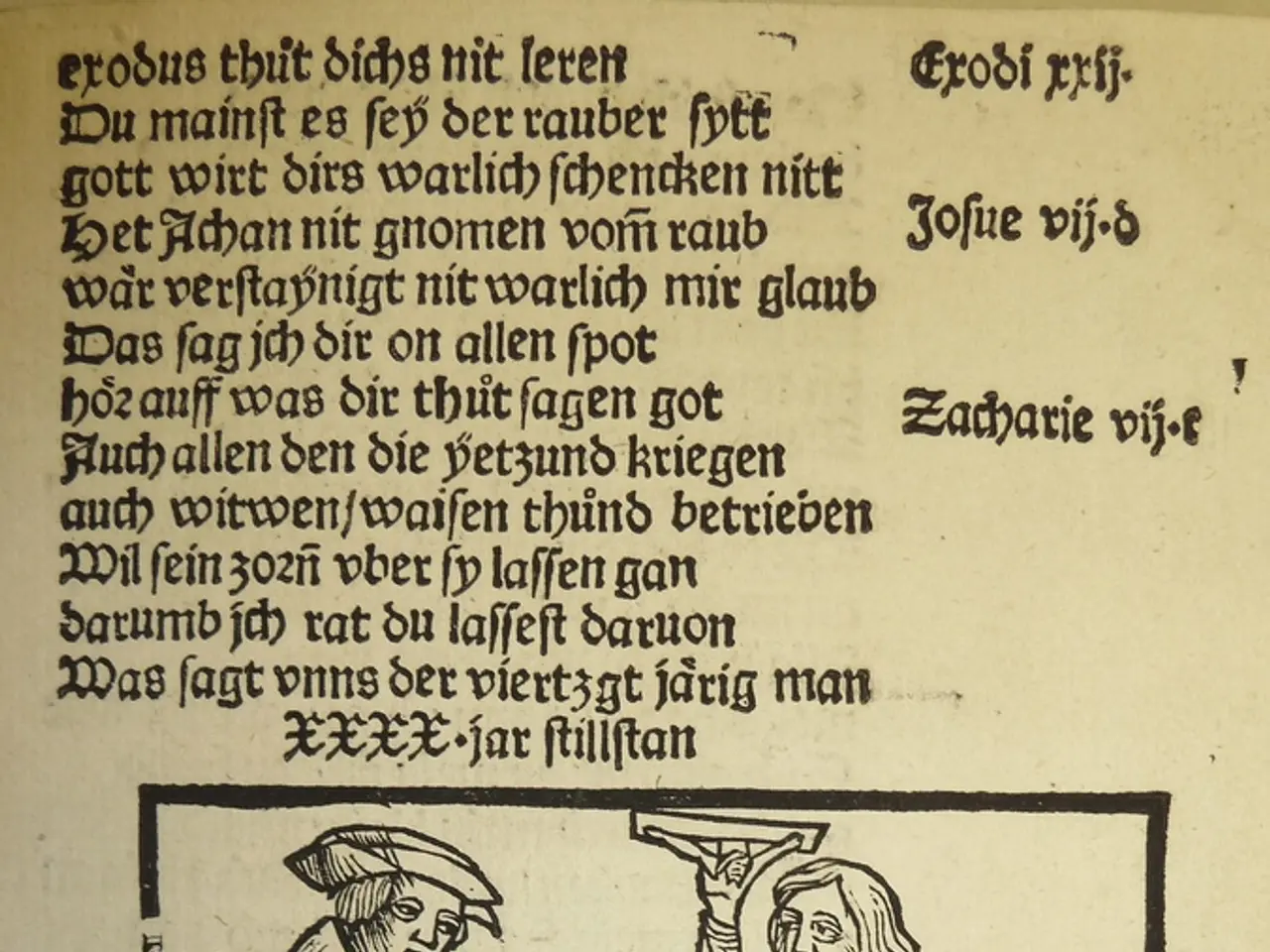Grammarly's AI-Powered Test: Examining the New Features for Detecting Copying and Originality
In the ever-evolving world of artificial intelligence, Grammarly's Authorship AI detection tool has been making waves, but not for the right reasons. Recent tests and studies have revealed that its accuracy in distinguishing AI-generated text from human-written text is significantly lower than many competing AI detection tools.
The reported accuracy rates for Grammarly's AI detector range from 22% to 37%, a figure that pales in comparison to other tools like Copyleaks, Originality.ai, and TurnItIn, which achieve much higher accuracy, with some nearing or exceeding 85-99% accuracy in detecting AI-generated content.
Key accuracy metrics for Grammarly's AI detector include a F1 Score of around 0.36, indicating weak detection ability. The tool's Recall is about 22%, meaning it misses most AI-generated writing. Overall accuracy hovers around 22.22%. Confidence in detecting purely AI-generated text is only about 37%, which is low compared to other tools.
This low reliability makes Grammarly's AI detection comparatively unreliable for serious or academic usage. AI detection tools, including Grammarly’s, face broad challenges such as being easily evaded by paraphrasing or slight editing of AI outputs, struggling with short or promotional texts, and producing false positives, especially on human text polished by AI or non-native English writing.
Experts recommend using AI detection tools cautiously and not relying solely on Grammarly’s AI checker for detecting AI-generated text due to its low reliability. Combining tools with human judgment is currently the best practice.
Despite its shortcomings, Grammarly Authorship does offer some benefits. It flags copied and pasted text as well as AI-generated text, and can help students identify areas where paraphrasing could be improved and parts of their papers that need citations. It is available through the free Grammarly plugin in Google Docs, Grammarly for Chrome, and Microsoft Edge.
However, the tool's inaccuracy raises ethical concerns, potentially leading to false accusations of AI use. It also tracks how long a user spends in a document and how the writing originates (typed or copied and pasted), which could be seen as an invasion of privacy.
In conclusion, while Grammarly Authorship's AI detection capability lags behind leading AI detectors, it can still be a useful tool for students and educators, provided it is used cautiously and in conjunction with human judgment. However, it is not yet reliable enough to depend on for reliably identifying AI-generated text compared to human writing.
- The low accuracy rates of Grammarly's AI detection tool raise concerns about its reliability in the field of education-and-self-development, particularly for academics who require precision in identifying AI-generated content.
- Despite its shortcomings, a teacher might find Grammarly's Authorship tool beneficial for students, as it helps point out plagiarized and unoriginal text in learning materials, thereby promoting originality and proper citation practices.
- As technology advances, it is crucial for both students and teachers to exercise caution when utilizing AI tools like Grammarly's Authorship, understanding that achieving true accuracy parity with human writing may still be an ongoing challenge.




